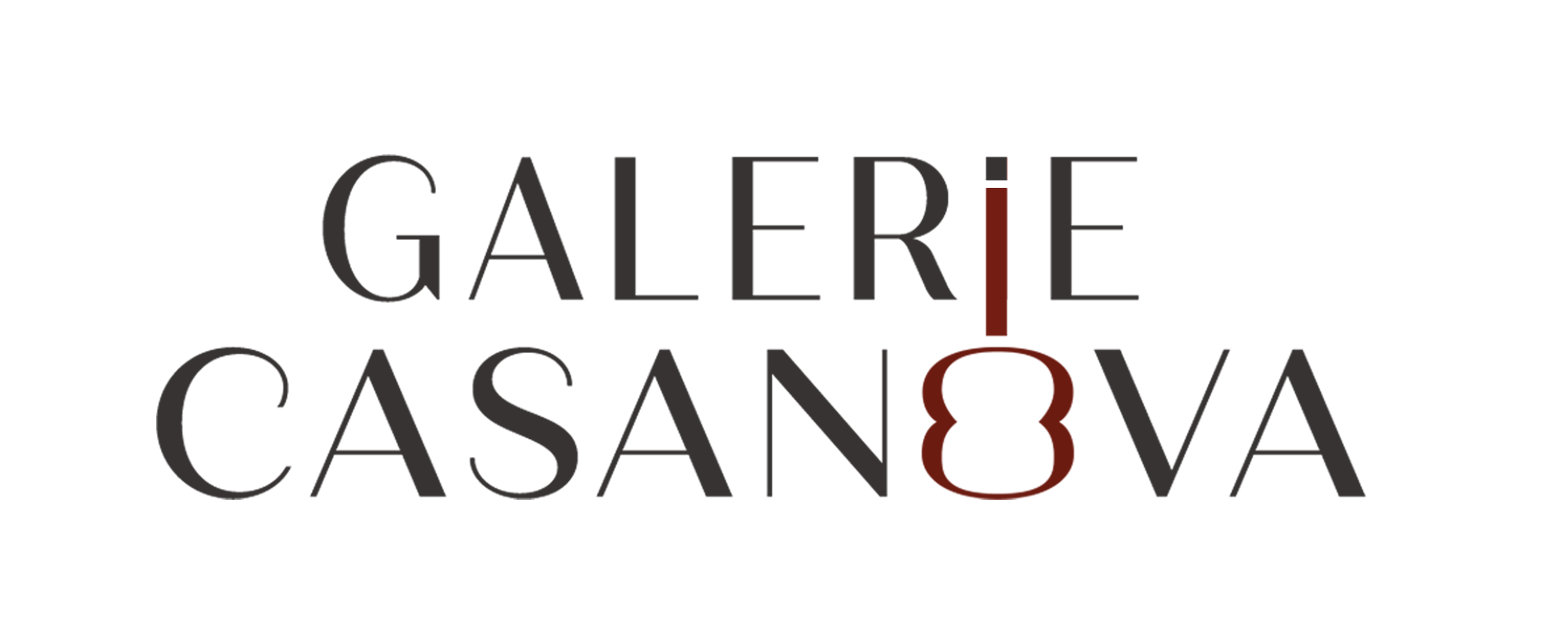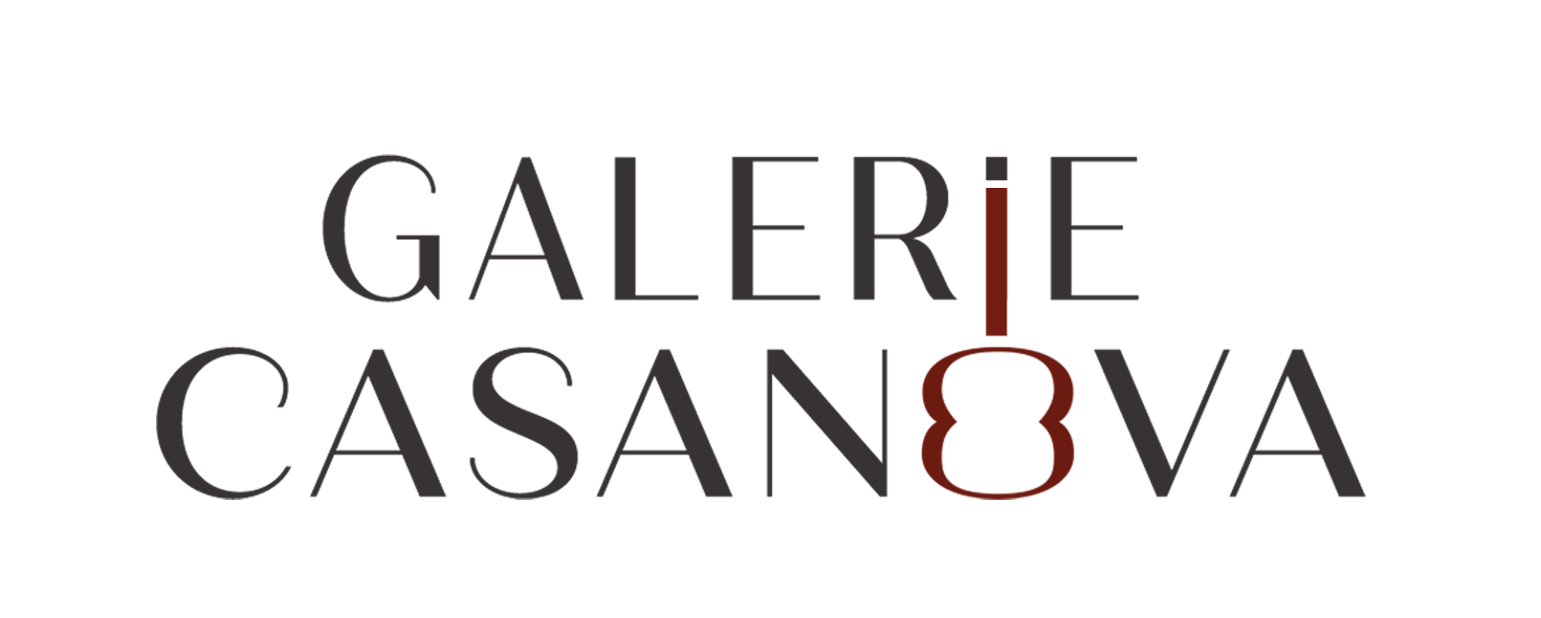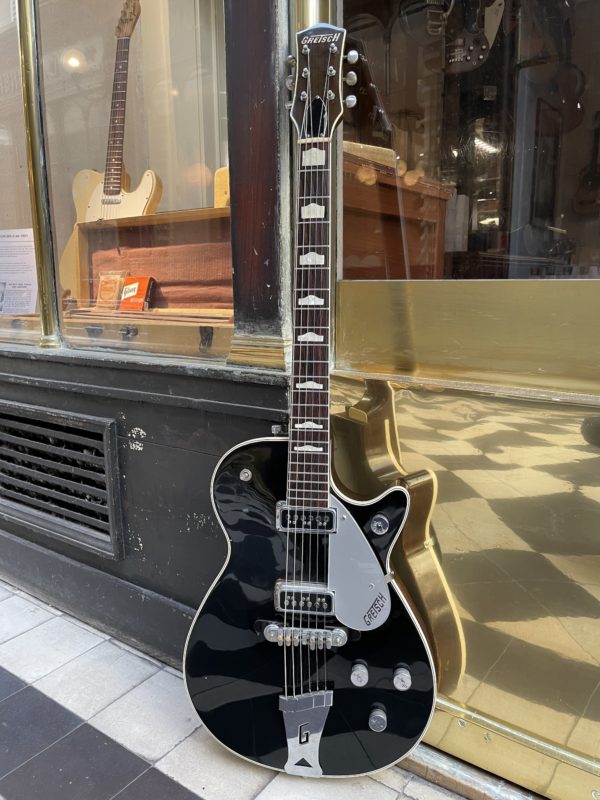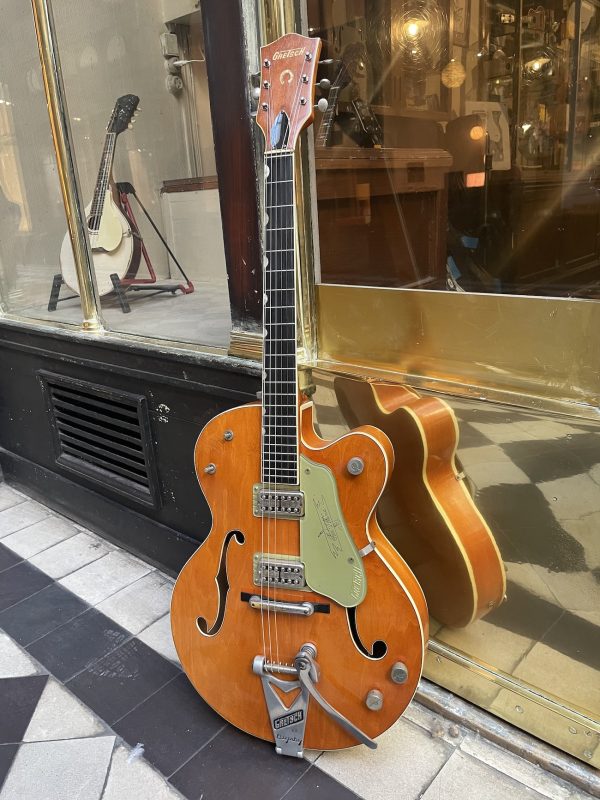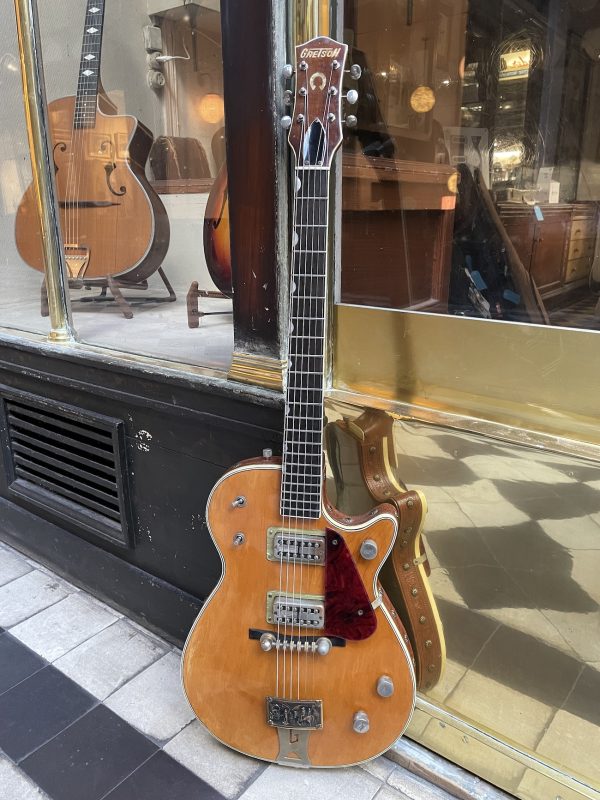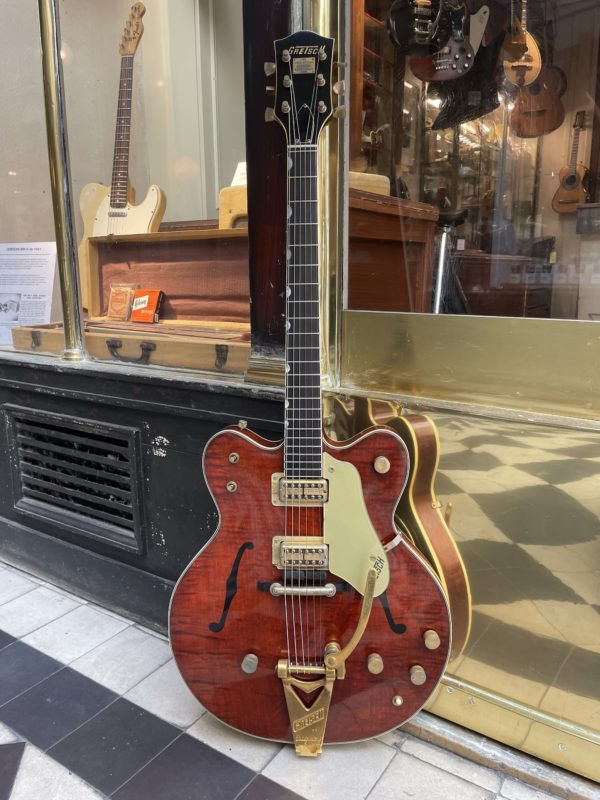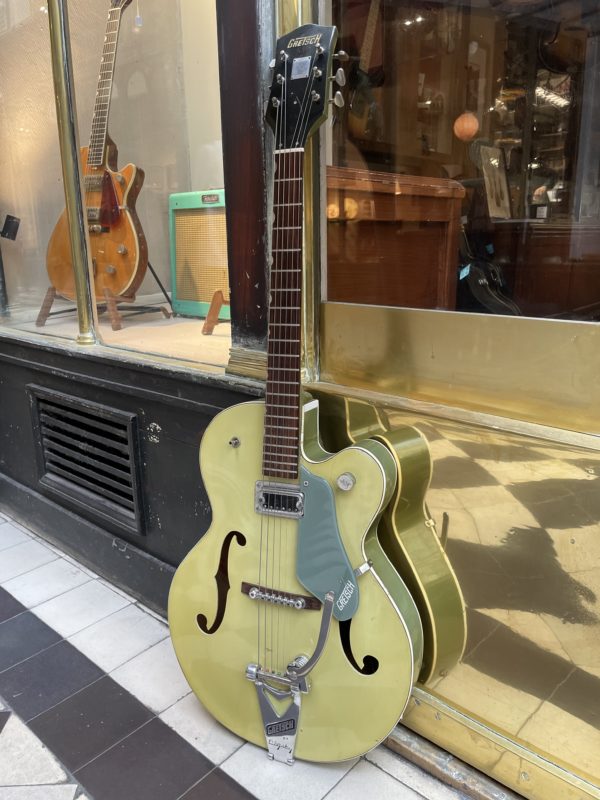Gretsch
1957 GRETSCH 6128 DUO JET
1959 GRETSCH 6120 CHET ATKINS
1959 GRETSCH 6130 ROUNDUP
Gretsch
GRETSCH – “THAT GREAT GRETSCH SOUND”
The story begins in 1883, when the German Friederich Gretsch set up his workshop in Brooklyn. There he made banjos, drums and drum sets, and his modest company soon began to prosper. Friederich died tragically in 1895, and it was his 15-year-old son, Fred, who succeeded him at the head of the company. Despite his young age, and thanks to his energy and enthusiasm, the company continued to grow.
The first guitars were made in 1927, they were four-string tenor models. They were followed in 1933 by the 6-string model American Orchestra, then the Synchromatic in the 1940s.
It was in the 1950s, under the influence of Jimmy Webster, that the firm produced its iconic models, with flashy finishes, inspired by the post-war automotive industry. The instruments are first equipped with single coil pickups produced by DeArmond, then, from 1957, the inimitable Filter’Tron humbuckers developed by Ray Butts. Gretsch chooses to equip a Bigsby vibrato on most of its models, and the two brands then became inseparable.
Popularized in the 1950s by country and rock’n roll artists such as Chet Atkins, Duane Eddy or Eddie Cochran, Gretsch guitars seduced the young English invaders Brian Jones and George Harrison a few years later. If Gretsch is famous for its semi-hollow models like the 6120 or the White Falcon, the brand has also produced solid body guitars that have marked the history of rock, such as the Duo-Jet or the eccentric models played by Bo Diddley.
Acquired by the Baldwin company in 1967, the factory was relocated to Arkansas in the early 1970s. The skilled employees of New York did not follow, and the company began to falter. Chet Atkins, who collaborated in the development of several models, decides to break his contract of endorsement with the firm at the death of his friend Fred Gretsch, and then prefers to turn to Gibson. With the advent of hard-rock, the hollow body models, which allowed for less distortion due to their construction, went out of fashion, beginning the decline of the brand.
In the 80s, Brian Setzer, illustrious guitarist of the Stray Cats, brought rockabilly and the “Great Gretsch Sound” back to center stage.
In the 2000s, Fender bought the brand, with the aim of restoring its former prestige. The instruments are of much higher quality and are equipped with TV-Jones pickups, a copy of the original Filter’Trons. Gretsch thus once again became one of the most prominent brands of electric guitars.
THEY POPULARIZED GRETSCH GUITARS
Chet Atkins – Gretsch 6120 / Gretsch Country Gentleman
Eddie Cochran – Gretsch 6120
Duane Eddy – Gretsch 6120
Bo Diddley – Big B / Gretsch Jupiter Thunderbird
Neil Young – Gretsch White Falcon
Pete Townsend – Gretsch 6120
Malcom Young – Gretsch Jet Firebird
Brian Setzer – Gretsch 6120
